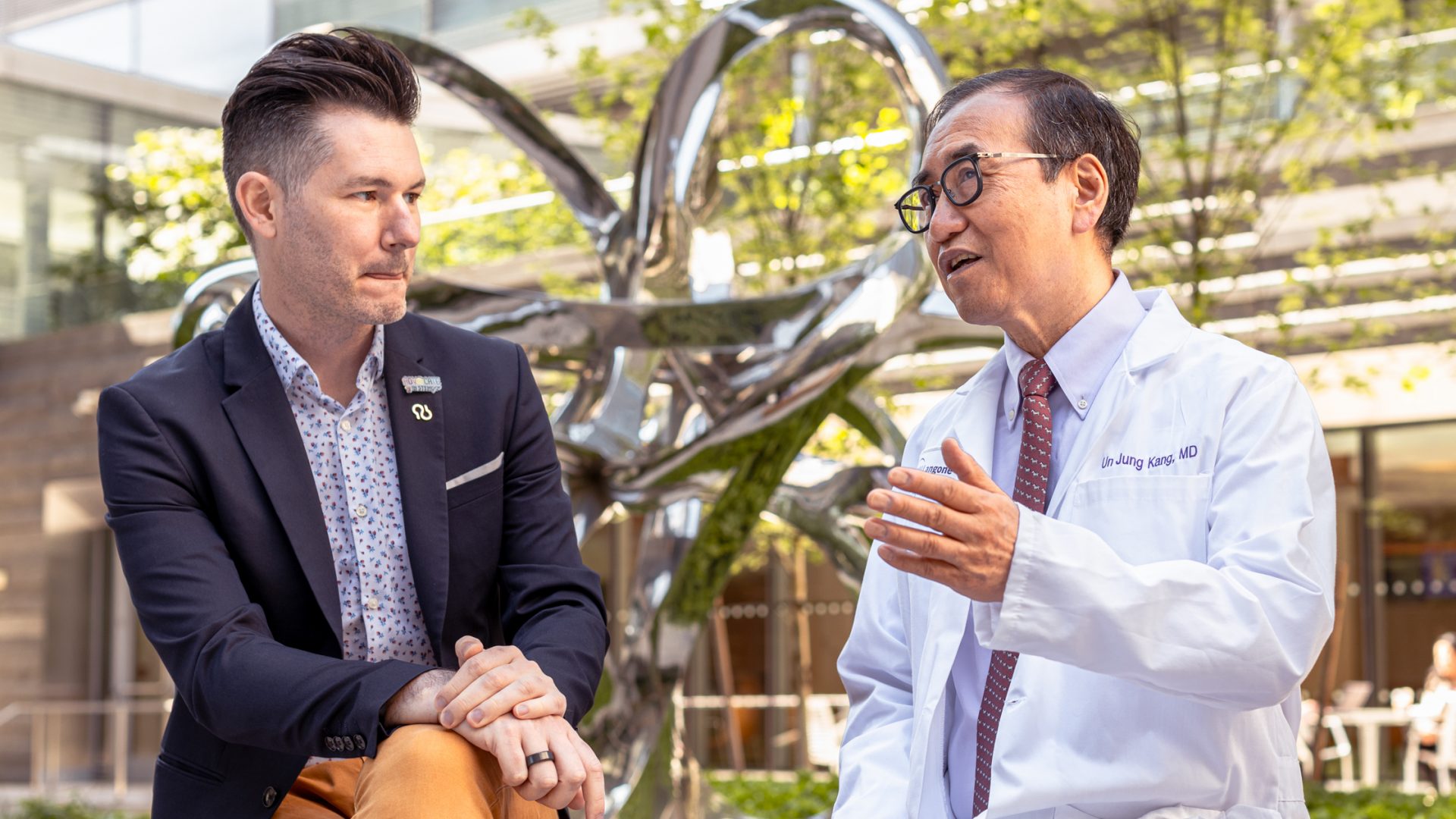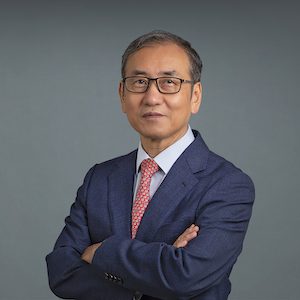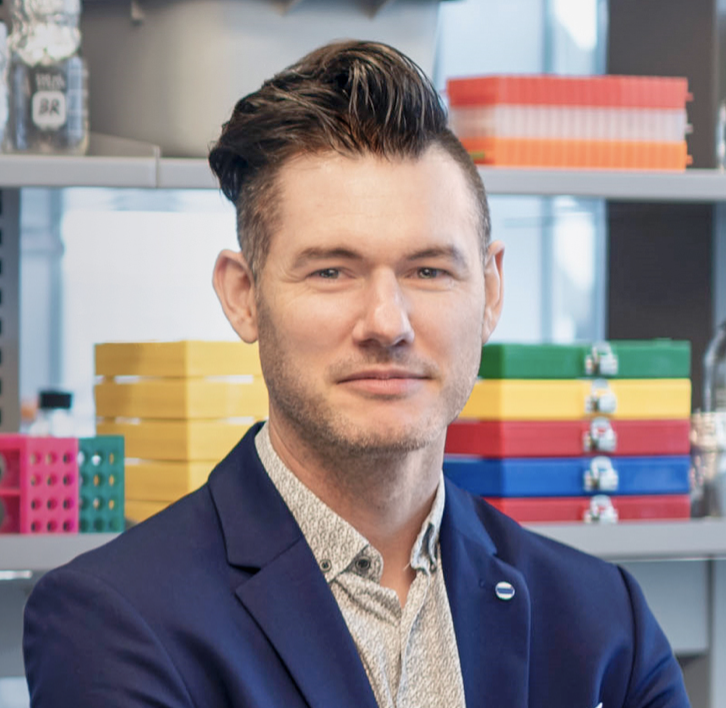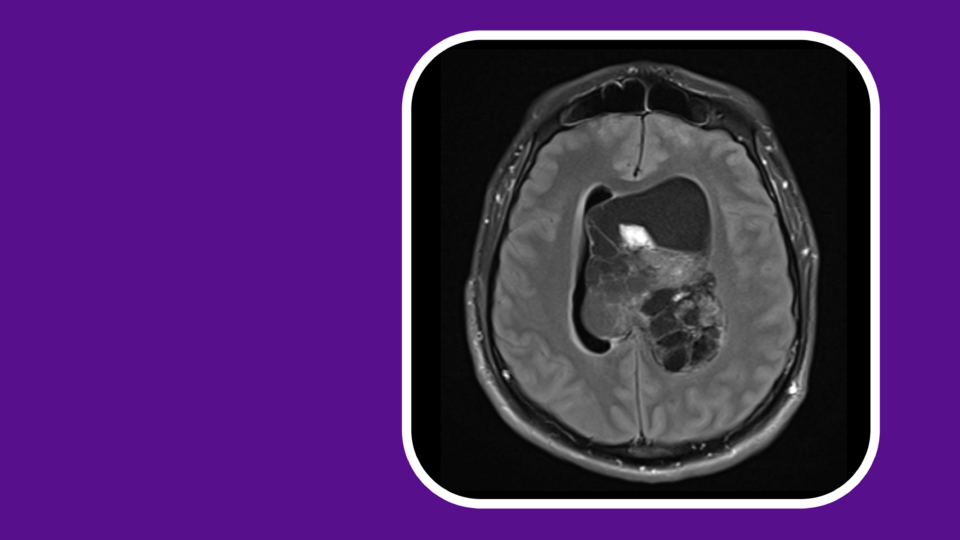NYU Langone Health’s Parekh Center for Interdisciplinary Neurology was launched in 2021 with a unique vision to foster new collaborative models not just within neurology, but across all discliplines conducting basic science and clinical research that can help to illuminate the common mechanisms underlying neurodegenerative disorders.The center’s co-directors are Shane A. Liddelow, PhD, an assistant professor of neuroscience and physiology, and Un Jung Kang, MD, the Founders Professor of Neurology and director of translational research at the Marlene and Paolo Fresco Institute for Parkinson’s and Movement Disorders. Here, they discuss how their different footholds in basic research and clinical practice, as well as the ambitious multidisciplinary partnerships they are forging across NYU Langone, are driving the center’s successful growth.
Recasting the Mold for Neurologic Research
Physician Focus: What is your long-term vision for the center and how is it a different way of thinking?
Dr. Liddelow: Our vision is to integrate all relevant disciplines and departments across NYU Langone to further enable collaborative research teams to tackle ever more complex disease-focused questions. With over 250 research laboratories on campus, the goal of achieving harmonized, cross-discipline collaboration is a large undertaking. Many of these diseases represent cohorts of patients with no current effective therapies, or with rare diseases that may affect only a handful of patients across the globe. As neuroscience discoveries continue to accelerate, we recognize that understanding the interaction of non-neuronal systems in relation to the changes that occur within the brain is essential. It is for this reason that our starting focus is on glia and the immune system—uncovering the common responses or dysfunctions that occur across seemingly disconnected diseases.
Dr. Kang: An important aspect of our center is how it integrates basic science with clinical knowledge. In particular, we want to understand how the brain interacts with the body and how neurons interact with non-neuronal cells.
“As neuroscience discoveries continue to accelerate, we recognize that understanding the interaction of non-neuronal systems in relation to the changes that occur within the brain is essential.”
Shane A. Liddelow, PhD
Physician Focus: How do you define interdisciplinary neurology, then?
Dr. Kang: Classically, the field of neurology evolved from describing manifestations of abnormal brain function to understanding underlying neuropathology. Today, our subspecialities are still divided along phenomenological boundaries. Now we know that many seemingly disparate neurological disorders may share a common molecular etiology. For example, in addition to being a movement disorders or a sleep disorders specialist focused on understanding symptoms, we need to understand abnormalities in alpha-synuclein, a presynaptic neuronal protein that is linked to both problems and develop therapies that can treat both.
A New Research Platform
Physician Focus: What are a few notable projects already underway or in planning through the center?
Dr. Liddelow: The center’s work will focus initially on four main research projects, one of which is a project I’m leading on the role of astrocyte-derived toxic lipids in neurodegenerative disease. We recently identified a reactive astrocyte subtype that forms after acute injuries and in chronic neurodegeneration in both rodents and humans. We show these astrocytes to be potently neurotoxic and that saturated lipids, in particular long-chain free fatty acids, drive this neurotoxicity and are investigating how a lack of neurotoxic lipids can preserve neuron health in models of chronic neurodegeneration. For that project, our long-term goal is to define pathways in neurotoxic reactive astrocytes and susceptible neuron populations that will provide a blueprint to develop novel therapeutic strategies for a range of neurodegenerative diseases like amyotrophic lateral sclerosis, Parkinson’s disease, Alzheimer’s disease, and glaucoma. Other projects encompass the measurement of intra-patient variability using technological approaches, with a focus on multiple sclerosis, and and the integration of changes in the microbiome and brain function in patients with epilepsy. A project spearheaded by Dr. Kang’s research group is focused on changes in glia during multiple system atrophy—a rare neurodegenerative disorder that affects autonomic functions.
Dr. Kang: The project in my laboratory attempts to understand how abnormal oligodendrocytes produce neuronal degeneration in multiple system atrophy by studying molecular changes of frozen postmortem human brain at the single-cell level. We examine alpha-synuclein abnormalities as a driving factor of neurodegeneration in various related diseases. As Dr. Liddelow previously described, an epilepsy expert is building a framework for how the gut microbiome, peripheral immune system, and the central nervous system interact before and after seizure. We hypothesize that such mechanisms are also likely to exist in other neurological disorders. In another main project, a multiple sclerosis researcher is examining subtle physiological changes in prodromal stages of multiple sclerosis and Parkinson’s disease. Since future disease modifying therapies will be most effective in early prodomal stages, developing early detection and prediction methods is critical. We are also hosting a request for applications for pilot grants open to all research faculty at NYU Langone to encourage cross-disciplinary projects from a team of clinical and basic researchers, with an emphasis on early career researchers.
Anticipating a Ripple Effect
Physician Focus: Looking ahead, what other opportunities or potential impacts do you envision for the center’s work?
Dr. Liddelow: Improving communication between internal research groups is a key opportunity for the center. Researchers may be working on the same problem, but are unaware due to a lack of time or knowledge of exciting discoveries. The center will continue to develop as a platform for increasing communication between researchers. In addition, we hope the center will foster data democratization beyond NYU Langone. We plan to make research data available more broadly through publicaly accessible databases. We are also looking at new means of disseminating research, such as leveraging social media.
Dr. Kang: We are also excited about the generational impact of interdisciplinary neurology in training future cohorts of researchers and clinicians. At the heart of improving education for both basic science and clinical trainees is to increase their exposure to different disciplines. Having PhD students shadow a neurologist and clinical fellows spend time in a research lab can only help foster more collaboration.
“We are also excited about the generational impact of interdisciplinary neurology in training future cohorts of researchers and clinicians.”
Un Jung Kang, MD







